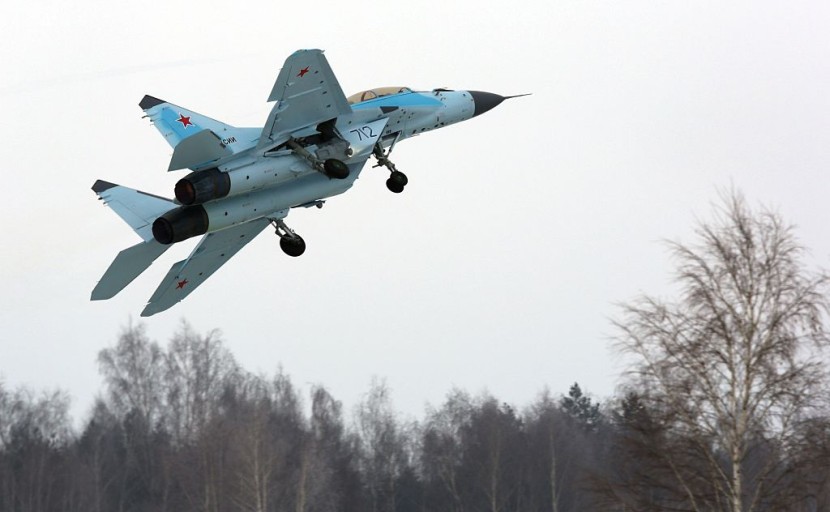
The MiG-35 Fulcrum-F is supposed to be a 4++ generation airframe, but is different. It was the statement of Michigan-based writer Mr. Peter Suciu who alleges it was a publicity stunt for Russia.
The MiG-35 Fulcrum-F project
Mikoyan Design Bureau, a division of the state-owned United Aircraft Corporation [UAC], devised the MiG-35 Fulcrum-F. Russians boast about it as a competent, light, maneuverable fighter able to engage shifting and static targets, day and night, in all meteorological conditions, reported Bulgarian Military.
Based on the most recent publications in the Russian media, referencing assertions by KAC officials, the MiG-35 can instantaneously track a little over 30 targets. The Fulcrum can designate six targets simultaneously, as Russia claims it could. Moscow spotlights the radar in the fighter, which recognizes targets at longer distances and is extremely capable against radio jammers, such as electronic countermeasures.
The 4++ generation airframe, as claimed by the Kremlin, is only a marketing ploy, like the American 5th-generation sales gimmick. Moscow is trying to sell the idea to buyers; its MiG-35 has similarities to the US Lockheed Martin F-35 Lightning II stealth fighter. There are even more specifics shared about the fighting capability of the Fulcrum. Russian analysts claim the MiG-35 F Fulcrum can reach a speedy maximum of Mach 2.25, according to Air Force Technology.
According to the Russians, it was accomplished by two Klimov RD-33MK afterburner turbofans. The MiG-35 Fulcrum-F has a good payload. Capable of carrying various missiles, rockets, and bombs, available in the current arsenal of modern Russian weapons in a lethal out.
MiG-35 Fulcrum-F Not a 4++ Generation Airframe
These fighter jet features were part of Moscow's promotion, which is not allegedly accurate as reality. Experts say it's not a new plane but an upgraded version of an older MiG-29 air superiority fighter. The forebear of the MiG-35 is the notable MiG-29K/MiG-29M/M2, per Military Today.
Much more remarkable is the MiG-35's fourth-generation airframe, which originated in the late 1980s. If this airframe was accurately depicted, this fighter should be a significant component of the Russian Air and Space Forces [VKS], and up to the present, well before the war with Ukraine. There has yet to be an effort to make it more available to the Russian armed forces.
About two or three years back, the Kremlin recently released a statement of a plan to purchase as many as 37 MiG-35 fighters. During that time, it will be the bare minimum to catch the interest of foreign customers in getting money to build it.
Although the Russian Air Force has only six fighters that are in working condition with two prototype fighter planes. In the end, no other nations had no interest, which dipped to forgotten. Alternatively, Russia asserted that India, Argentina, Bangladesh, Malaysia, and Egypt have been taking an interest.
The US sabotages these flawed agreements and subsequent deals, preventing and threatening smaller economies via sanctions from getting Russian equipment.
According to Suciu, the MiG-35 is a waste of resources. Even before the Ukraine conflict began, there was no indication that such a fighter would be mass-produced. The MiG-35 Fulcrum-F was never commercially successful, and the labeled 4++ generation airframe is an earlier generation updated with relevant upgrades.
Related Article: Sukhoi Su-35 Optimized Infrared Tracker To Counteract Threat of Low Observable Aircraft








